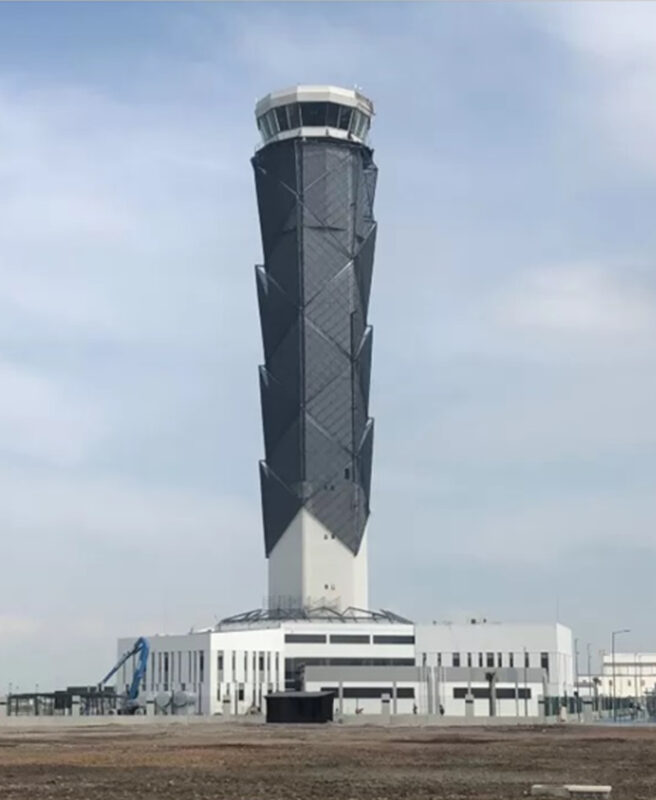02 Mar 2023
Quality raw material in Pultrusion Process
Quality raw material in Pultrusion Process
Pultrusion can be formally defined as that manufacturing process that converts fibre reinforcements and resin matrices into finished composite parts. Its USP of enabling continuous production in a highly automated and low-labor scheme by making use of a heated die to give a certain shape to the composite part sets pultrusion apart from other processes. This is what makes pultrusion a process with the best productivity and cost ratio and hence is widely used in the composite industry.
Does the quality of raw material affect the pultrusion process?
Pultrusion process has developed in several ways over time not only in terms of the process itself, however, in terms of usage of raw materials too, especially of quality raw materials like fibre reinforcements and polymeric matrices.
Moreover, with evolution, many latest and complex arrangements of reinforcements have been introduced in the process with the inclusion of additives and fillers. Thus, the size and complexity of the pultruded cross-sections have evolved accordingly considerably which have been used by the composite industry for a range of civil engineering and other applications.
Why pultrusion process gets an extra edge with Fibre-Reinforced Polymer (FRP)?
It is no wonder that using a quality raw material affects the pultrusion process that is why the aviation and civil engineering industry started looking at fibre-reinforced polymer (FRP) materials with a resurgent interest which stemmed out of its offering of high durability, satisfactory performance for higher construction speeds, and multifaceted functionality.
By producing FRP materials which not only have high mechanical performance but also lightweight, the pultrusion process has taken a new high. Since FRP materials are less prone to the degradation that is caused by the aggressive environmental agents and require minimum maintenance during provided service life in comparison to traditional materials, the entire composite industry looks up to this high-quality raw material.
With raw material like FRP, various types of fibre reinforcement can be manufactured like continuous or unidirectional fibre reinforcement, discontinuous or chopped fibre reinforcement, and woven or bidirectional reinforcement, all of which offer a wide range of usability and set of properties. For polymers that possess high specific wear rates, reinforcing fibre results in significant reductions in wear and improvement in mechanical properties, thus is preferably used in comparison to other raw materials. Besides reinforcement, the fibre orientation viz. – normal, parallel, cross and anti-parallel also affect the wear of composites.
Conclusion
SGS Frangible uses highest quality fiber in pultrusion process for producing quality composites, it feels immense responsibility and honor to constantly delivering the standards and consistency through its authentic and quality products under minimum cost and high speed just like pultrusion process.
So, next time when you see a Frangible Tower or mast at an airport, do think on the technology involved during its manufacturing process to provide a SAFE & STRONG structure.
































